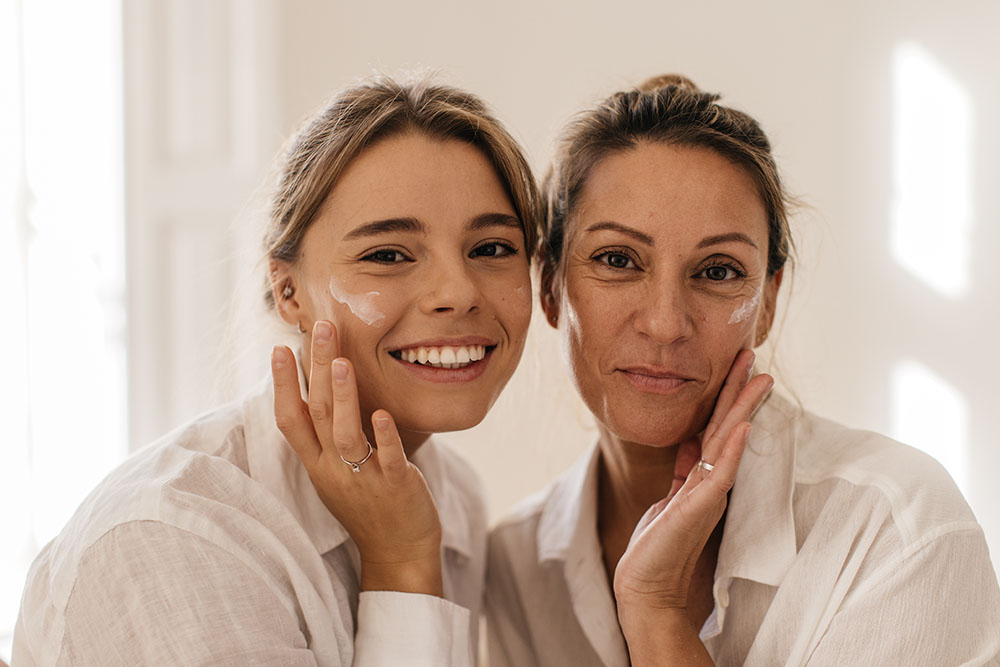Technology is rapidly transforming every aspect of our lives, from the way we work to the way we shop. But what about our health? Can cutting-edge technology truly revolutionize women’s wellness and improve their overall well-being? In this article, we will explore the exciting ways in which technology is reshaping the health and wellness landscape for women, empowering them to take control of their own bodies and lead healthier lives.
Enhancing Personal Fitness
Gone are the days of generic workout routines and one-size-fits-all fitness plans. Thanks to technology, women can now personalize their fitness journeys based on their individual needs, goals, and preferences. Wearable fitness trackers and smartwatches are at the forefront of this revolution, providing real-time data on heart rate, sleep patterns, and physical activity. These devices help women track their progress, set realistic goals, and stay motivated along the way. With the help of specialized fitness apps and online communities, women can access personalized workout plans, connect with trainers, and join virtual fitness classes, all from the comfort of their own homes.
Intelligent Nutrition Monitoring
Eating healthy has never been easier, thanks to the advent of intelligent nutrition monitoring devices. Smart kitchen appliances, such as smart scales and food scanners, can now accurately measure the nutritional value of every ingredient, making it simpler than ever to track calorie intake and maintain a healthy diet. Furthermore, mobile apps and online platforms provide women with personalized meal plans, recipes, and shopping lists tailored to their specific dietary needs and goals. With the help of artificial intelligence, these technologies can even detect food allergies and suggest alternative ingredients, ensuring that women make informed choices about the food they consume.
Embracing Telemedicine
Imagine being able to consult with a doctor without leaving the comfort of your own home. Telemedicine, the use of technology to provide remote medical care, has paved the way for convenient and accessible healthcare for women. Through video consultations and virtual healthcare platforms, women can now access a wide range of healthcare services, including general check-ups, specialist consultations, and mental health support, all from their smartphones or computers. Telemedicine not only saves time and money, but it also eliminates the barriers of distance and provides women with greater control over their own healthcare decisions.
Empowering Mental Well-being
Technology has become an invaluable tool in promoting mental well-being and providing support for women struggling with stress, anxiety, and other mental health concerns. Meditation and mindfulness apps offer guided sessions that help women relax, reduce stress, and improve their overall mental well-being. Moreover, online therapy platforms provide discreet and accessible counseling services, offering women a safe space to express their feelings and receive professional support. Through wearable stress trackers, women can also monitor their stress levels throughout the day and adopt healthier coping mechanisms.
The Future is Now
As we can see, technology has ushered in a new era of women’s wellness, allowing women to take charge of their health like never before. From personalized fitness tracking to intelligent nutrition monitoring, and from convenient telemedicine to empowering mental well-being tools, technology is driving positive change and revolutionizing the way women approach their well-being. While debates about the over-reliance on technology continue, the evidence is clear: cutting-edge technology has the power to transform women’s wellness and help them lead healthier, happier lives.











